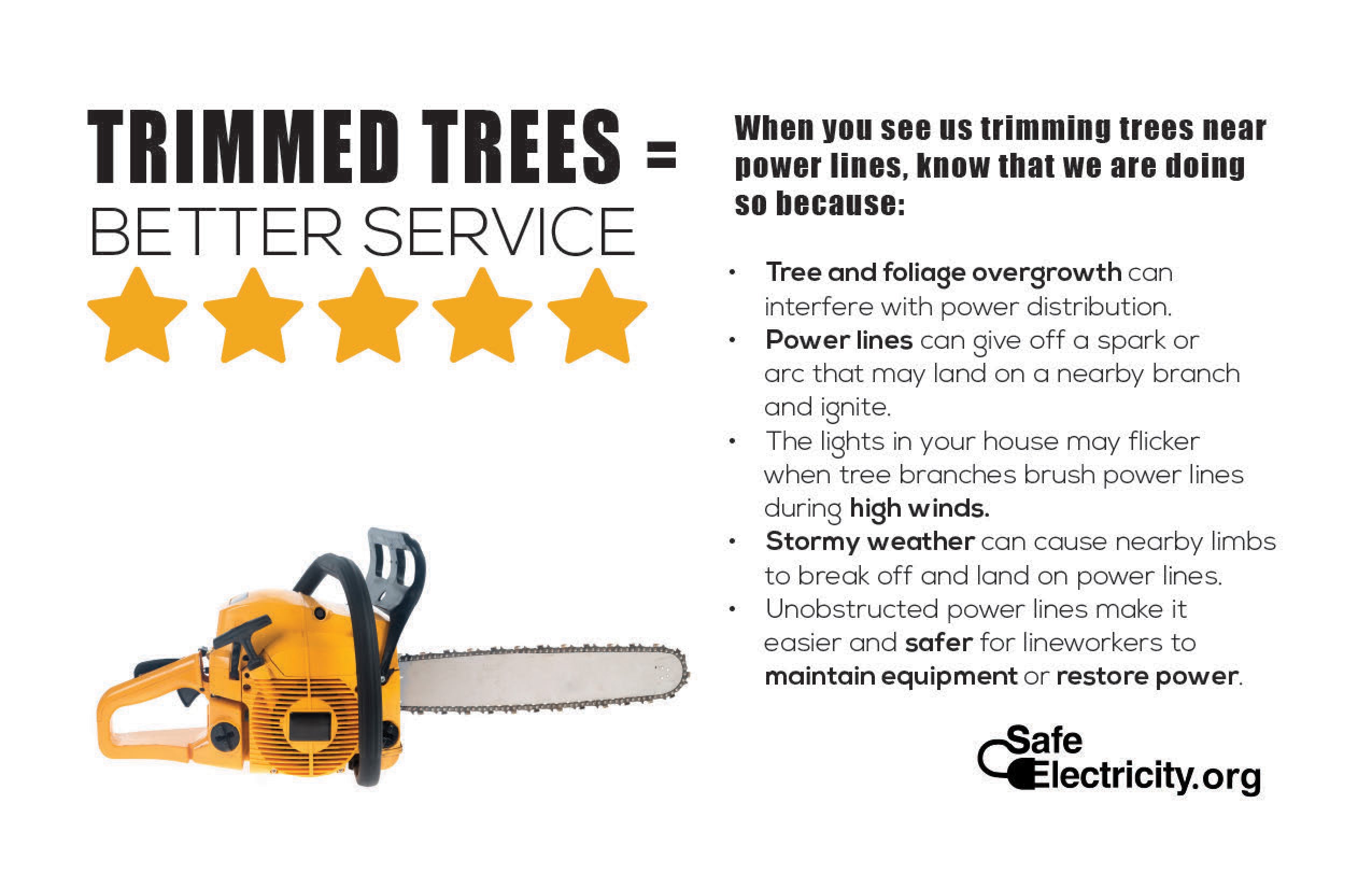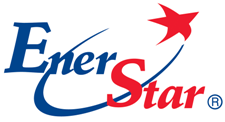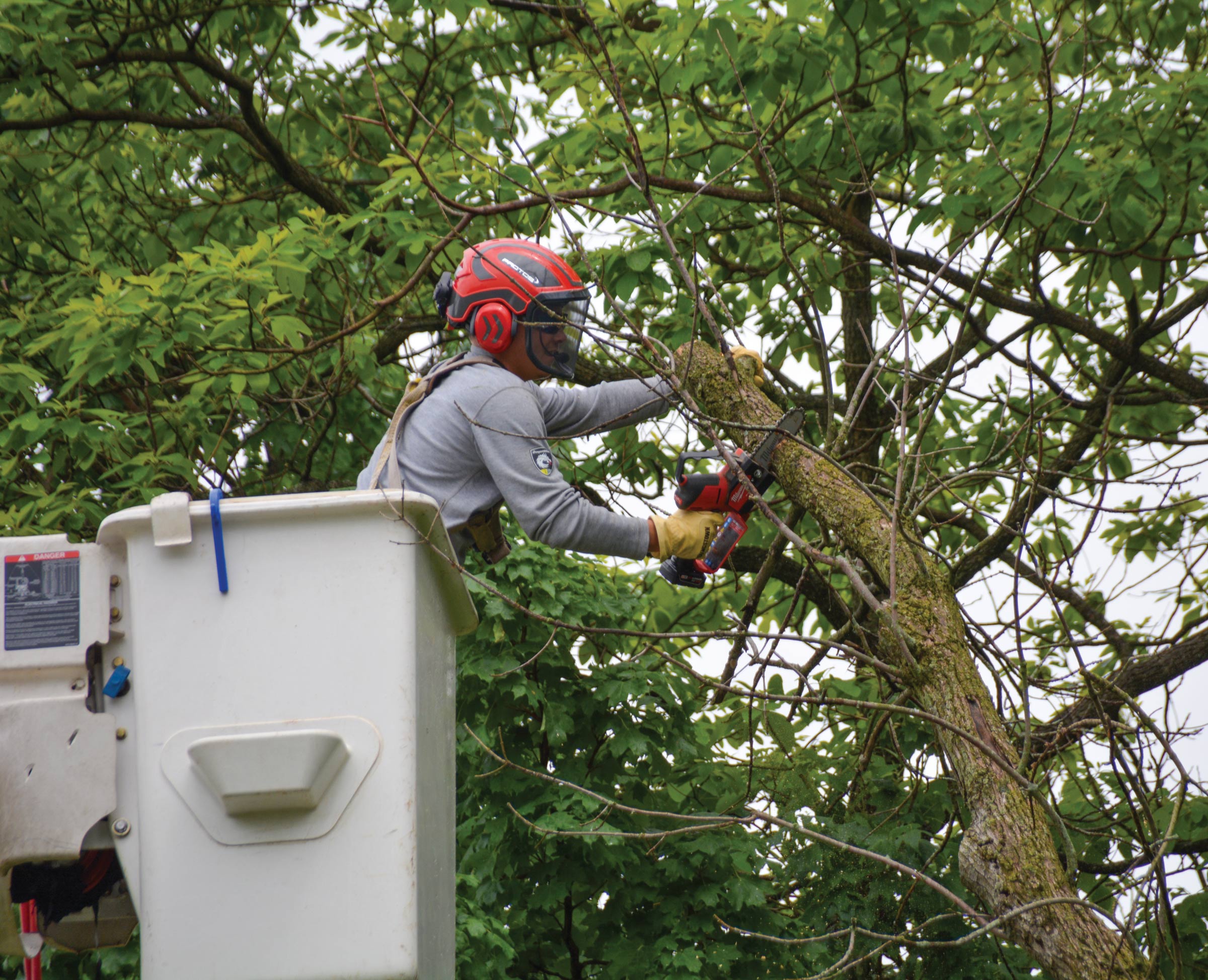Stay away and stay safe
Can anyone trim trees near power lines? The answer is no. Specialized tree trimmers, certified by the Occupational Safety and Health Administration (OSHA) in utility clearance, are the only persons legally allowed to trim within 10 feet of power lines.
OSHA requires this certification because electricity is a serious and widespread hazard to tree workers. According to the Tree Care Industry Association, electricity is the leading cause of death in the tree care industry, causing about 15 percent of all industry fatalities. Tree care industry workers do not have to directly contact a power line to be electrocuted; about half of all electrocution fatalities are the result of indirect contact.
Qualified line-clearance trimmers must be specially trained in how to safely work in proximity to energized lines. They must understand how an electrical grid functions, the effects of tree growth patterns and tree damage and how to implement directional pruning, as required by the American National Standard for Arboricultural Operations’ safety standards.
According to OSHA, the duties of line-clearance certified tree trimmers typically include the following:
- Undergoing annual evaluations by licensed professionals to ensure continuous adherence to industry best practices.
- Requesting job briefings from employers and other crew members before starting a job or when environmental conditions change.
- Properly wearing approved personal protective equipment, including fall protection equipment when needed.
- Complying with material handling and mechanical equipment requirements.
- Working with a second line clearance tree trimmer within voice range.
- Determining the voltages of lines before work begins or assuming that the line is operating at the highest possible voltage if it is not possible to determine voltage.
- Ensuring body parts and any ladders, platforms or aerial devices being used remain outside the minimum approach distance from any energized equipment.
- Using only insulated tools and equipment to remove branches and limbs that are in contact with, or are within the minimum approach distance of, energized lines or equipment.
- Determining if weather conditions are no longer safe to work in, such as the presence of high winds, ice, thunder, or lightning that would make the work hazardous.
- Beginning work on storm restoration efforts in the aftermath of a storm if they have been trained in the special hazards involved with this type of work.
If you need more information on line clearance tree trimming, contact EnerStar’s Keith Borchers at 800-635-4145. For information on electrical safety, visit SafeElectricity.org.


